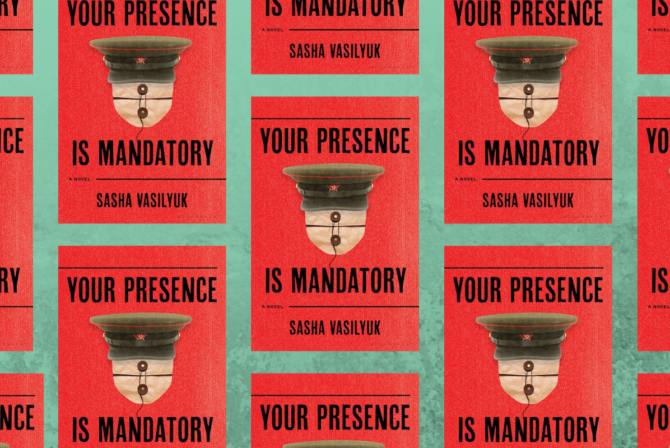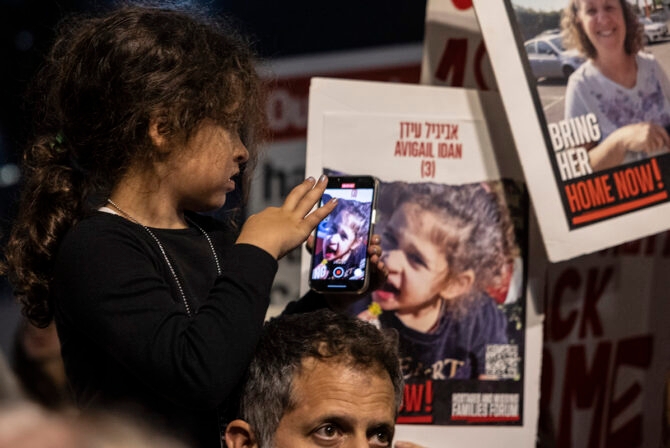In my synagogue, each young woman and man has an opportunity to write their own prayer as part of their b’nei mitzvah service. Most of my friends spoke about health and happiness, and their passions for soccer, drawing, or seeing their friends. After thanking God for my family, I talked about becoming a Madricha, a teaching assistant in the Hebrew School, and a member of the youth group board.
I understand that I’m a little strange in this sense.
Usually, parents beg and nag their kids to attend a Jewish learning class, not the other way around—especially around the time of bar and bat mitzvahs. As a current freshman in college who’s done just about every program my local Jewish community has to offer, I know a little bit about what works and what doesn’t in engaging kids and teens in meaningful Jewish practice. Here are five tips to helping you and your child create a bar or bat mitzvah experience filled with meaning and connection.
READ: Preparing for a Bar Mitzvah with ADHD
1. Find a Mitzvah Project with Passion
At my synagogue, the b’nei mitzvah students sign up for a project that is organized by the adult leadership. Once a month, groups would go ice skating with Special Olympics or read with kindergarteners in an afterschool program. My group made large batches of chicken soup and decorated cards for congregants who were experiencing joys or sorrows. It was mostly behind-the-scenes work, and while I knew it was helpful, I did not feel that I was having an impact.
Friends of mine who chose their own mitzvah projects had a much more rewarding experience. By looking in their local community for volunteering opportunities, they were able to find an opportunity that not only benefits their community, but also allowed them to pursue a passion they actually care about. Your child might need a little help in finding a great opportunity, but they should have a strong voice in what project to do.
2. Practicing Trope
For many American Jewish teenagers, learning Hebrew is difficult enough, not to mention the addition of trope, the melody to which the Torah is chanted. Your child’s tutor will be the best resource for how to learn and practice, but each student is different in their learning style and their motivation to practice. Sometimes they will simply need a practice chart with stickers (potty training de ja vu, anyone?). But before it becomes a point of contention, there are a few ways your student might actually like learning trope.
READ: How Not to Plan a Bar Mitzvah in 13 Easy Steps
I love color-coding and being organized. This may seem unrelated to trope, but by highlighting each trope family a different color, my brain more easily understood the patterns. For a student with a musical ear, they can more easily rely on a recording (your congregation or rabbi may be able to help you find one). Their musical inclination can help them to pick up the tunes. Other students may enjoy learning the language, or have an easier time if they also have an English translation to tell them the meaning of each word.
3. It’s Not Just a Fashion Accessory: Choosing the Tallit
Finding a perfect outfit for the big day is important, too. It should fit right, feel comfortable, and make your child feel confident. And of course, they’ll also need a tallit. For some, the prayer shawl they wear is one of great sentimental and familial value. If your child feels connected to an elder relative or parent and wishes to wear the tallit that was theirs, that is a wonderful choice.
If your child is like me, they will want something that is new, with some hint of personality. Tallits and tzitzit—the knotted fringes hanging from each corner—are sold at many synagogue gift shops and Judaica boutiques. Just make sure that throughout the process, you hear your child’s voice. They may need a parent’s guidance toward a pattern that will be appropriate throughout their life (steer away from a skull and crossbones design…), but the final decision must be theirs. Mine was cream colored with small pink daisies on each end. Simple with a touch of femininity, and it distinctly fits with my personal style.
4. When the Student becomes the Teacher: Writing a D’var Torah
When it came time for me to write my d’var torah, my tutor explained to me that this would be the part of the service where everyone sat up a little straighter and leaned forward to hear what I had to say. This speech is the b’nei mitzvah student’s chance to say what is meaningful to them, to explain how they personally see a connection between the words of Torah and the life they are living, thousands of years later.
READ: Back on the Bar Mitzvah Circuit
I know more than a few students who simply wrote about what they had been told the important message of their parsha was. The best bet for ensuring your child is able to write a good d’var torah is to make sure they actually read their portion in English. Even if it is just a single word, let your child find the passage that stands out the most to them. Emor, my parsha, discusses the calendar, and I explained about the increasing importance of setting aside time to celebrate with family, especially as everyone gets older and schedules get busier and busier.
5. Enough With the Swag, Already
The amount of sweatshirts, t-shirts, and sweatpants I collected from bat mitzvahs is slightly ridiculous. They were each worn for exactly one day: the Monday following the celebration. By Tuesday, everyone seemed to put their eyes back in and realized that the ugly and cheap made-in-China material was already falling apart.
Aside from the unattractiveness, there is a 100% chance that another kid who wasn’t invited will feel left out at school. There are so many other options for giveaways, if that is a choice your family makes. Picture frames for the photo booth memories, little tchotchkes, or candy are all great options.
Because some of my family members and friends had severe food allergies, I handed out little bags of jelly beans we knew would be safe for almost everyone, adorned with stickers my mom and I made on the computer. Also, we gave everyone little cards with the jelly bean flavors because everyone knows it’s the worst when you put one in your mouth expecting one taste and get something completely different.
Hopefully these tips will help you and your child find the perfect balance for their b’nei mitzvah. Even if your child thinks that Hebrew school sucks (let’s be honest, it often does!) there are still ways to make their bar or bat mitzvah a meaningful Jewish experience, as long as you’re willing to put them in the driver’s seat.







